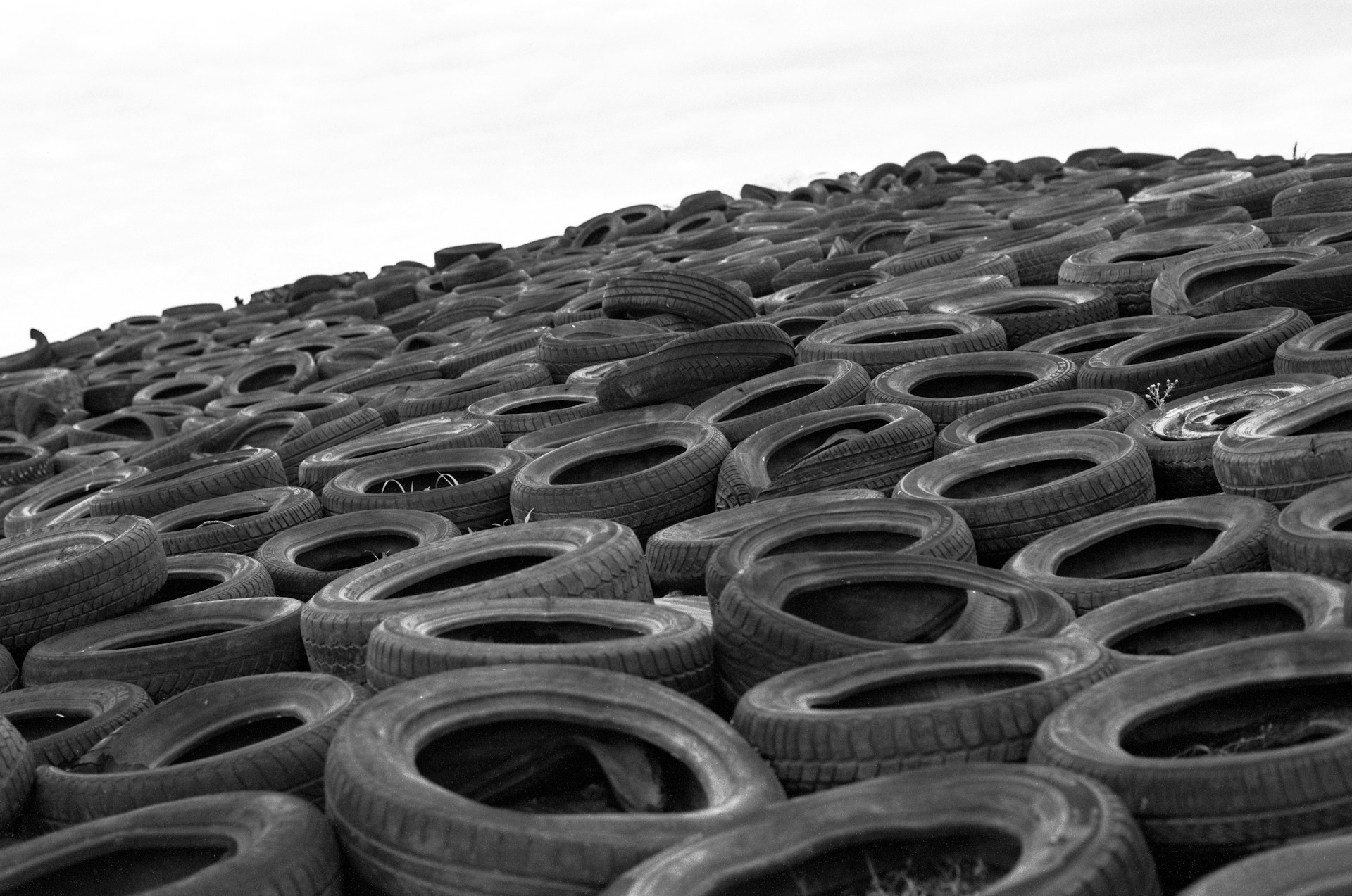Plastic waste continues to pose a serious environmental threat. More than 450 million tonnes is produced annually yet we only recycle less than 9% of the total waste volume. The vast majority of plastic waste ends up in trash sites or marine environments where it intensifies environmental hazards. Upcycling plastic waste achieved its breakthrough when Oak Ridge National Laboratory (ORNL) researchers produced an exciting new method for plastic disposal.
By chemically editing the polymers in discarded plastics, ORNL has found a way to transform these materials into high-performance alternatives with enhanced properties. Unlike conventional recycling, which often degrades plastic quality over time, this approach leverages molecular building blocks to improve material performance. This innovation has the potential to integrate waste plastics into a sustainable circular economy.
This breakthrough utilises the fundamental principle of polymeric editing methods. Researchers alter the polymer chains that form plastics to enhance strength while also improving resistance to heat and increasing flexibility. The ORNL scientists have named their plastic transformation technique “CRISPR for plastics” after the disruptive biology method CRISPR. Scientists synthesised materials with improved properties beyond plastic properties by dissolving waste with a ruthenium catalyst and running metathesis reactions and synthesis procedures.
The process targets two difficult-to-recycle polymers soft polybutadiene which powers rubber tyres and tough acrylonitrile butadiene styrene which builds parts ranging from vehicle components to computer keyboards. The plastic waste successfully underwent upcycling to create materials that outperform their original state.
The upcycling process begins by dissolving plastic waste in a solvent, triggering chemical reactions at a temperature of 40°C. The method gives a high atom economy, meaning most of the input material is retained in the final product. By conserving resources and requiring less energy than traditional recycling, the process offers a lower-emission alternative to current methods.
The researchers plan to advance sustainability through solvent optimisation while working to scale up this method for processing hard-to-recycle plastic categories like thermosets. These strongly cross-linked materials such as epoxy resins and silicone prove challenging to reutilise while offering significant prospects for material reuse.
”This is CRISPR for editing polymers,”
stated ORNL’s Jeffrey Foster, who led a study that was published in Journal of the American Chemical Society.
“However, instead of editing strands of genes, we are editing polymer chains. This isn’t the typical plastic recycling ‘melt and hope for the best’ scenario.”
The potential applications of this innovation extend beyond recycling. Upcycled materials can be engineered for diverse uses, from softer, stretchable plastics to durable thermoset products. If scaled up, this technology could dramatically reduce the environmental footprint of plastic waste, advancing the vision of a circular economy where materials are continuously repurposed rather than discarded.
The groundbreaking research performed at ORNL creates new possibilities for deeper investigation of polymer domains combined with studies of their molecular structure transformations. The development of sustainable material design remains a main goal because researchers are focused on improving process methods and broadening applications. Despite existing operational challenges with plastic waste preprocessing and technology scale-up potential rewards keep growing larger.
“This is a waste stream that’s really not recycled at all,” Foster said. “We’re addressing a significant component of the waste stream with this technology. That’d make a pretty big impact just from conservation of mass and energy from materials that are now going into landfills.”
The growing global plastic crisis finds renewed hope through innovative advanced materials development like this one. Through turning waste into superior performance materials ORNL establishes both technological achievements and practical steps toward creating an environment that is cleaner and more resource-efficient.

Hassan graduated with a Master’s degree in Chemical Engineering from the University of Chester (UK). He currently works as a design engineering consultant for one of the largest engineering firms in the world along with being an associate member of the Institute of Chemical Engineers (IChemE).



